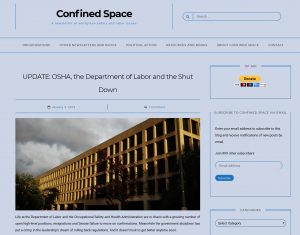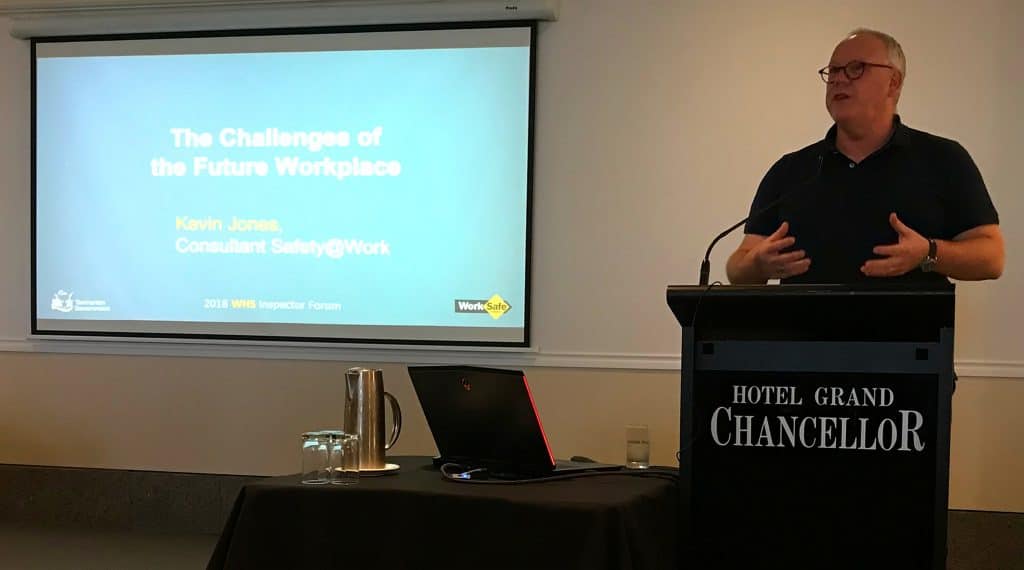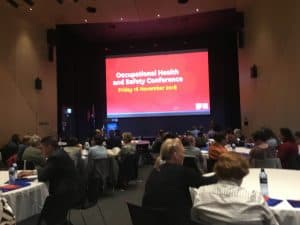A quiet revolution is happening in workplace health and safety in Australia. I don’t mean the laws – that boat sailed with the failure of the attempt to harmonise laws and tweak them for the new Century. The change is coming from a realisation that what is still mostly called Occupational Health and Safety (OHS) has been misunderstood and misapplied, especially in the context of work-related psychological hazards.

OHS emerged in its most contemporary form in the 1970s in the UK and manifested in new laws in Australian States in the 1980s. These laws stipulated that the primary duty of care for the health and safety of workers AND those affected by the work processes suits with the employers (ignore the absurd modern variation of employer in the Work Health and Safety laws – the PCBU – Persons Conducting Business or Undertaking as only lawyers really use the term. Some prominent lawyers pronounced the acronym as “Peek-A-Boo” (you know who you are) as if OHS was a barely-held-together nightie! It was juvenile and didn’t help). Workers have a duty to not harm themselves or others and to support the employer’s OHS processes.
Continue reading “Is workplace health and safety still relevant?”

 The trade union movement was instrumental in showing that workplace bullying was a pervasive problem in Australian workplaces. Many Codes of Practice and guidances for workplace bullying and occupational violence were written shortly after the action by the Australian Council of Trade Unions almost two decades ago. But, for some reason, although sexual harassment was mentioned in those early documents, it never received the attention in occupational health and safety (OHS) circles that, in hindsight, it should have.
The trade union movement was instrumental in showing that workplace bullying was a pervasive problem in Australian workplaces. Many Codes of Practice and guidances for workplace bullying and occupational violence were written shortly after the action by the Australian Council of Trade Unions almost two decades ago. But, for some reason, although sexual harassment was mentioned in those early documents, it never received the attention in occupational health and safety (OHS) circles that, in hindsight, it should have.

 Every industry sector should have its own occupational health and safety (OHS) conference. This allows for specific OHS topics to be presented but also provides for a broader context. The recent conference conducted by the
Every industry sector should have its own occupational health and safety (OHS) conference. This allows for specific OHS topics to be presented but also provides for a broader context. The recent conference conducted by the